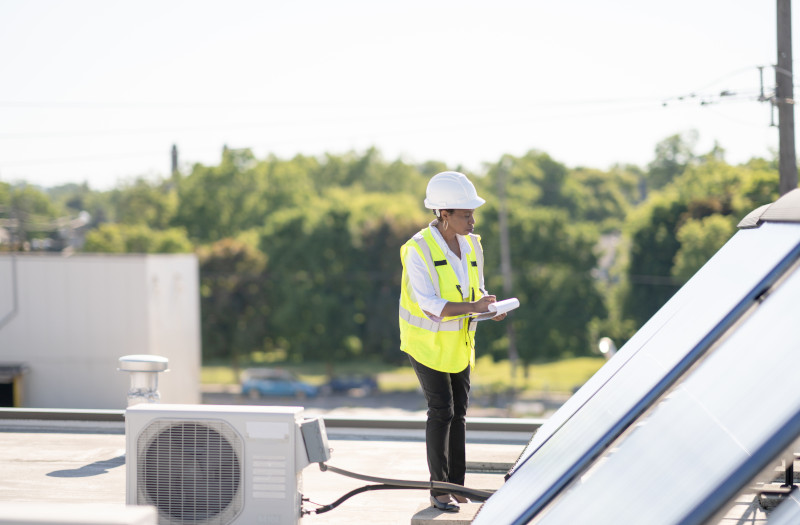Guard against battery fires

Did you know there is an item at your school that has been the culprit in several recent devastating fires? Lithium-ion batteries can result in significant damage if you don’t charge or use them correctly.
The following is a list of some devices that use lithium-ion batteries:
- Microscopes.
- Computer tablets/laptops.
- Computer mice.
- Digital picture frames.
- Cordless vacuum cleaners.
- Maintenance tools, such as cordless drills, a lithium jump-starter and a lithium-ion push mower.
- Mobility devices.
- Personal battery-assisted bicycles.
- Telescopes
- Mobile phones.
- Wireless headsets.
- Body temperature thermometers.
- Electronic food thermometers.
- Ride-on floor cleaners.
- Uninterruptible power supplies (UPS).
- Electrostatic disinfectant sprayers.
- Digital hearing protection.
There are several risks associated with using lithium-ion batteries, including:
- Battery bulge – When you use an incorrect charger, overcharge, charge in high temperatures or block the vents on a laptop, you can cause the battery to become swollen. The next time you place it on a battery charger, it can explode.
- Physical damage – Dropping the battery can damage the cells within the battery.
- Thermal runway – This is an uncontrollable chemical reaction within the battery when there is a sudden increase in temperature during the charging process. It causes an explosive fire.
- Excessive storage temperatures – When you store your batteries at temperatures below 32 F or above 104 F for a long period of time, they may become damaged.
- Explosive environments – Charging batteries in the presence of flammable liquids or gases can increase the risk of a fire.
So, what can you do to decrease your risk of unintentional fire? CM Regent risk management professionals have provided the following steps you can take:
- Take inventory. Note all the devices you have that contain lithium-ion batteries and their locations. Include the expiration date of the batteries so you can plan ahead to replace outdated batteries and responsibly recycle them.
- Assign responsibility. Determine which staff members are responsible for charging the particular devices, and hold them accountable if they are not charging correctly.
- Eliminate risk. Clearly state which lithium-ion devices are prohibited at your district to reduce your risk of fire.
- Specify which chargers should be used. Avoid fast chargers, since they can contribute to thermal runway and a potential fire.
- Train staff members on how to charge their devices. Make sure they know how to ensure a battery receives its charge but does not overcharge.
- Train staff members on the correct battery charging and storage environments. They should know that batteries should never be charged or stored in temperatures below 32 F or above 104 F. They should also not charge or store them near flammable liquids or gases.
- Check for damaged batteries. Staff should know how to identify battery bulge or physical damage. Develop a protocol to ensure the safe removal of the defective battery from service and proper disposal.
- Train staff members on proper fire response.
- Purchase lithium-ion batteries through a respectable vendor. Schools should keep records of purchase orders, which may include the manufacturer and warranty information in the event of a defect and potential fire.




